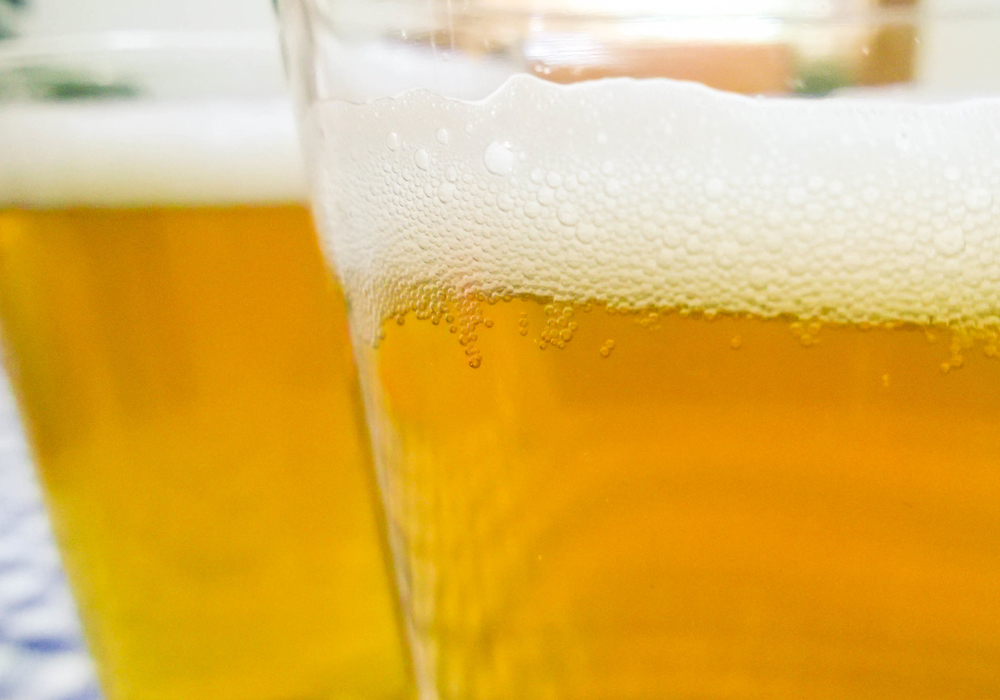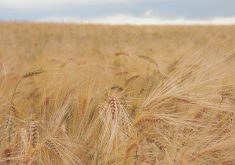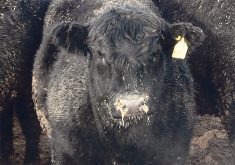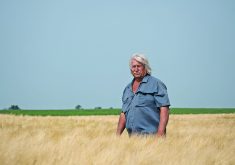BANFF, Alta. — Block chain is a complicated concept but thanks to this form of traceability, beer drinkers can track their beverage from field to glass.
“This block chain beer is taking traceability to an extreme level, said Matt Hamill of Red Shed Malting in central Alberta. Working with Canada Malting and Last Best Brewing and Distilling in Calgary, the group proved it could be done and released a product called Bock Chain Beer earlier this year.
Block chain technology was used to trace the barley from a specific field, through the stages of testing, malting, brewing and sales.
Read Also

New Alberta funding for program hopes to further unlock agritourism industry in province
Alberta Farm Fresh Producers Association is launching a new initiative thanks to $300,000 of provincial funding to bolster Alberta’s smaller scale family farms and agritourism sector.
“It is pretty complicated technology but in the end, it is just a secure ledger system versus doing something on spreadsheets,” said Kryan Flett of Canada Malting.
The concept was explained at last month’s Prairie Cereals Summit in Banff.
For the farmers involved, block chain means more tracking and record-keeping on the farm, said Hamill, whose family grows malt varieties on their farm near Penhold.
This form of traceability for many products is growing rapidly around the world. Information can be shared almost instantaneously, said Flett.
Really cool session on a Block chain/traceability project with partners in the Alberta Beer industry. Consumers want to know where their products are coming from. #PSC2019 pic.twitter.com/EtSjXziauv
— Denise Rollin (@denise_rollin) December 12, 2019
“The key is if you are going to get rewarded at the end for it, then it is worth doing. Otherwise, it is just taking more notes.”
While many beer drinkers may not make the connection between barley and beer, there are others who wants to know how it was produced, said brewer Natasha Peiskar of Last Best Brewing and Distilling. She also receives hops that come from certified suppliers offering traceability.
Hamill considers this to be a form of value adding.
“There is an opportunity to create more value throughout the supply chain. If you look at coffee and wine they are doing a really good job telling the story,” he said.
















